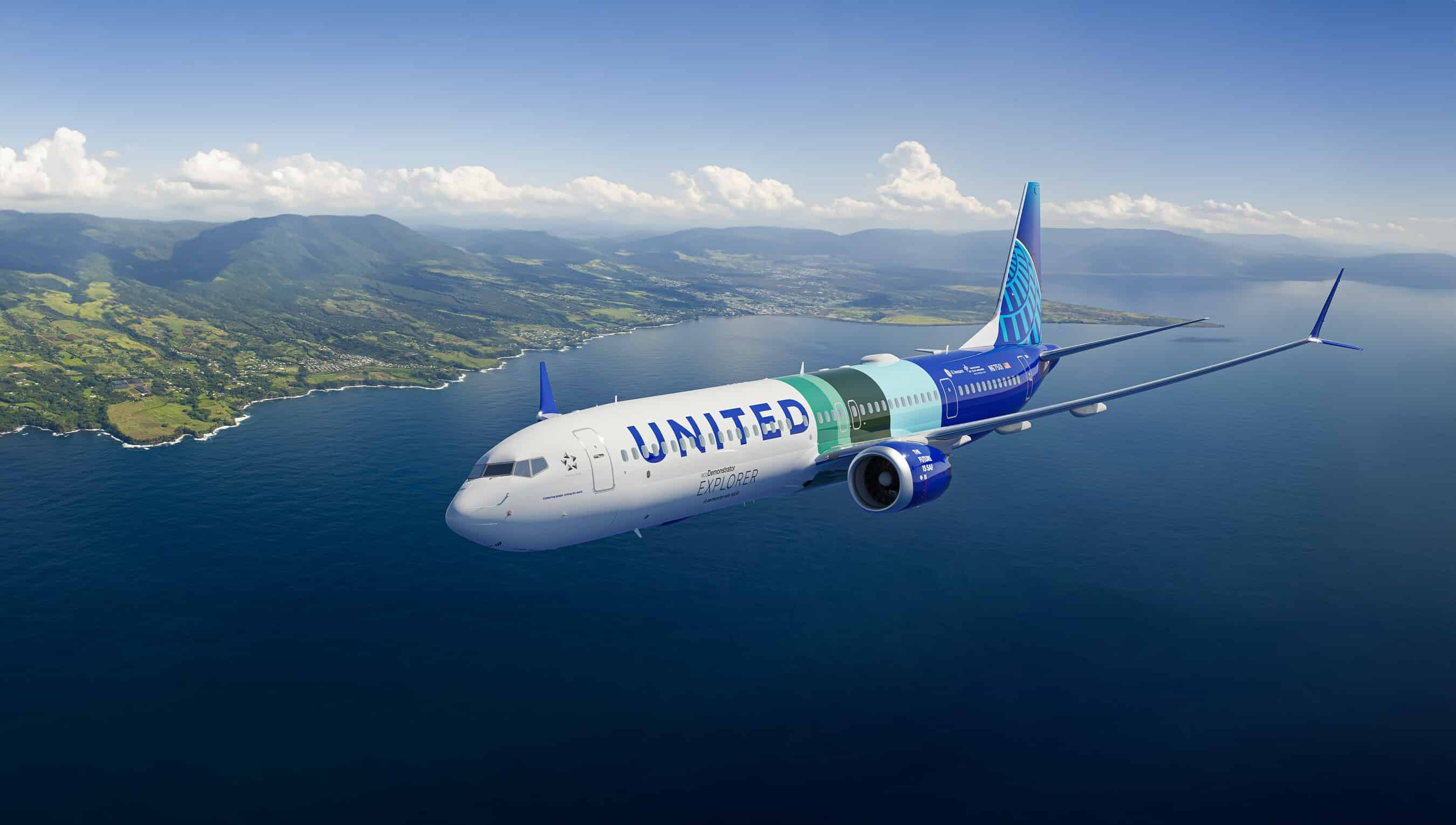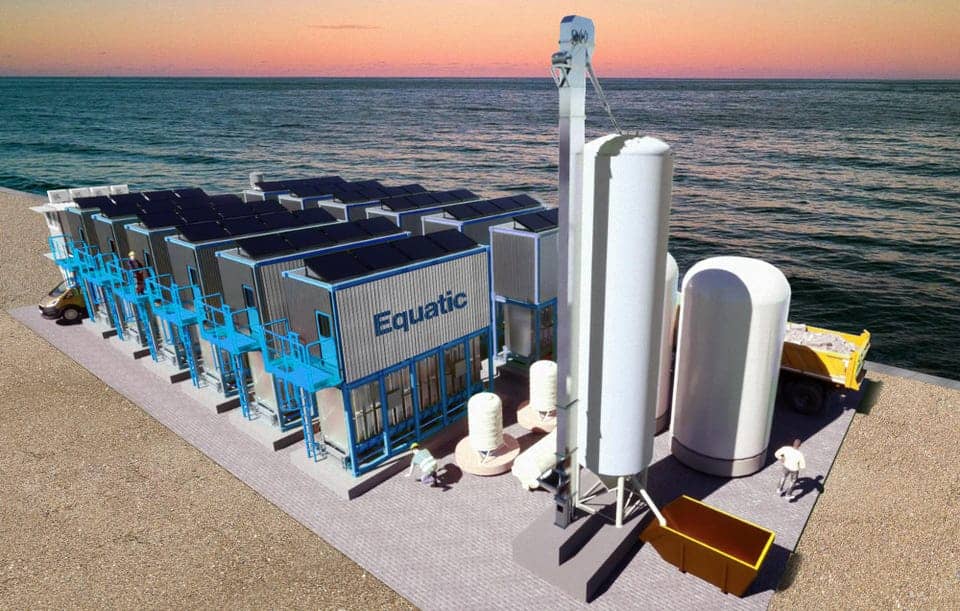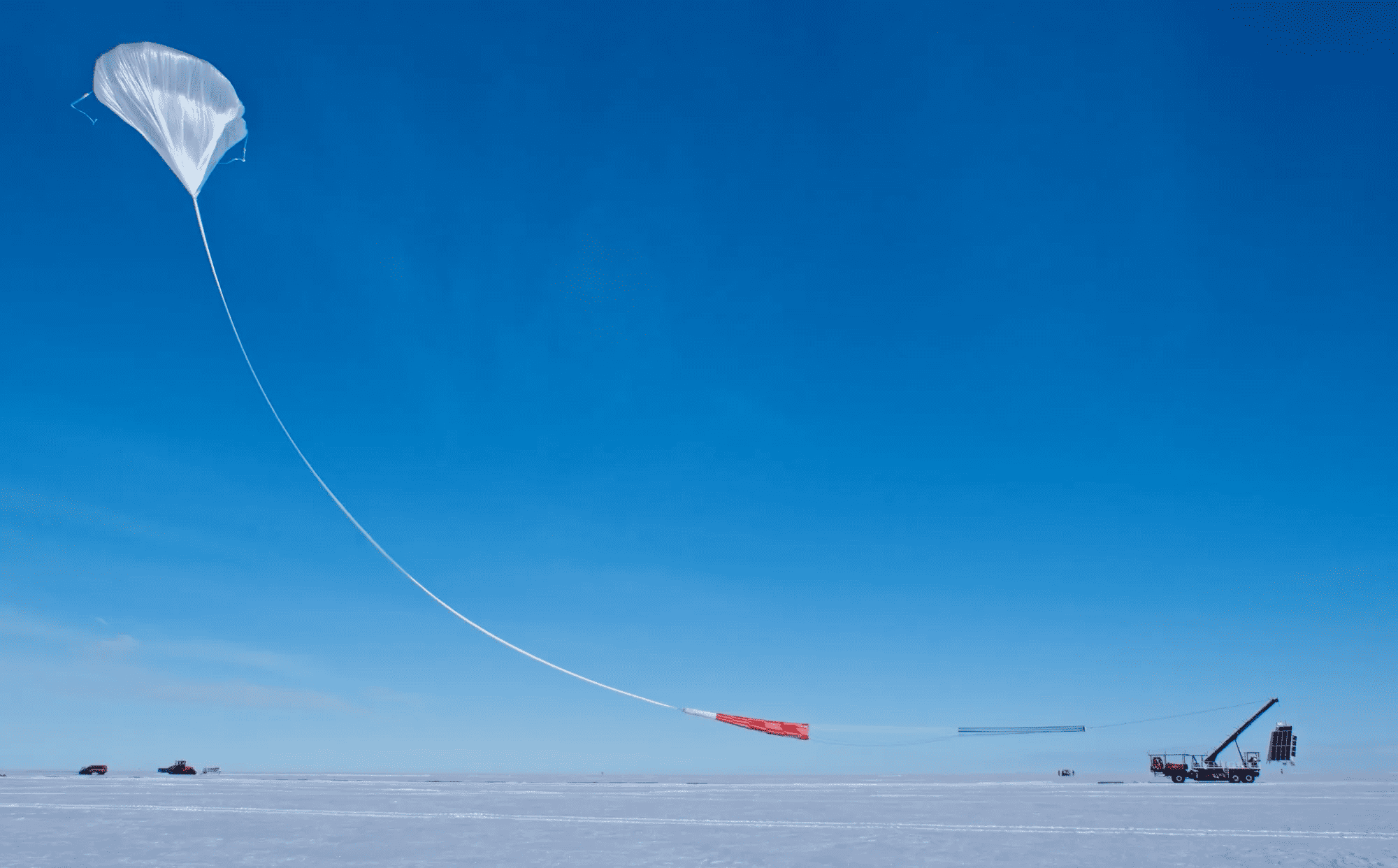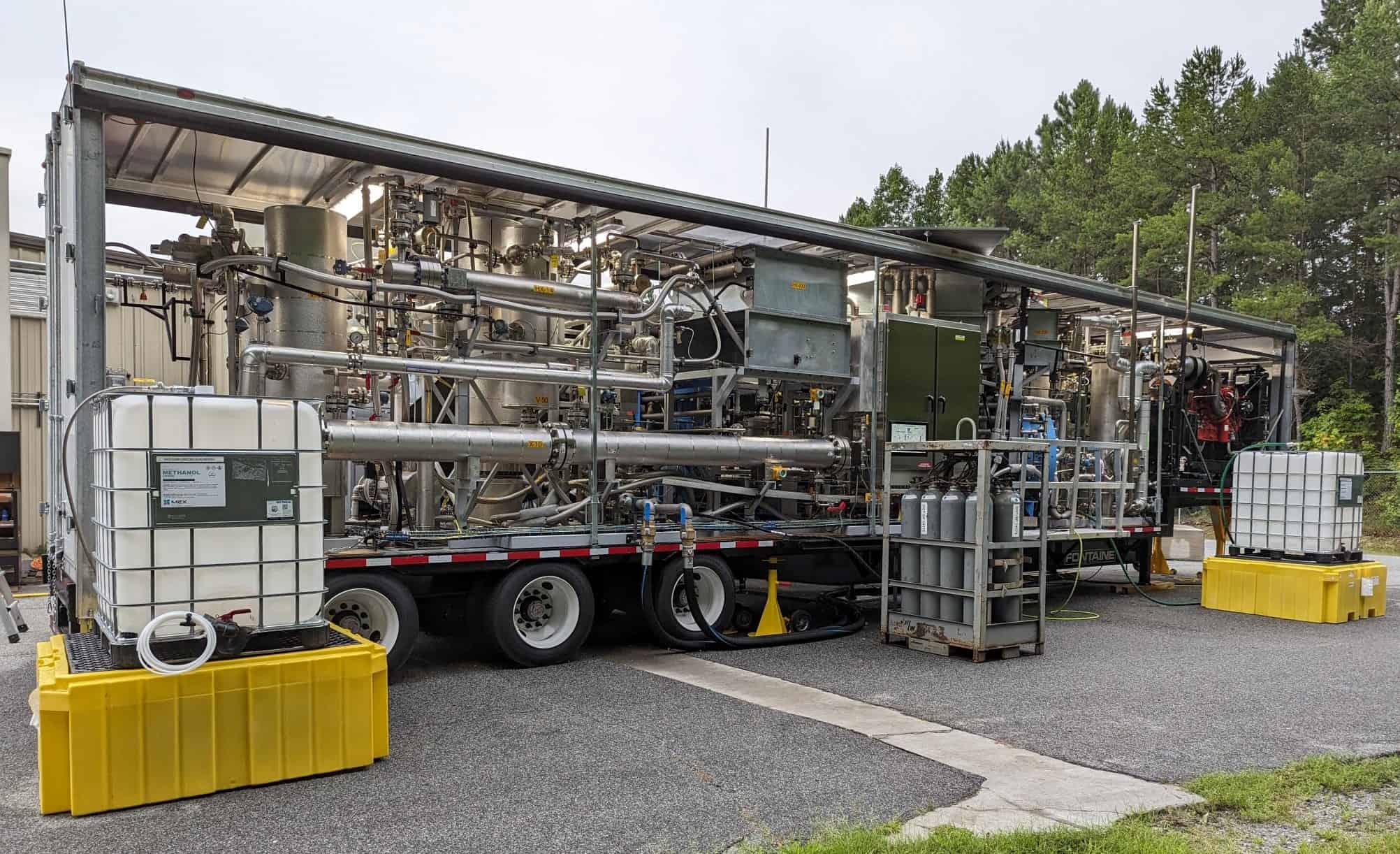
Boeing, NASA, and United Airlines are joining forces in the green energy arena, conducting in-flight tests using 100% sustainable aviation fuel (SAF). The ecoDemonstrator Explorer, a Boeing 737-10 aircraft, is set to fly with separate tanks of SAF and conventional jet fuel. The goal of these tests is to measure the impacts of SAF on contrails and non-carbon emissions. The research is a part of a long-term partnership between Boeing and NASA, aimed at analysing the environmental benefits of SAF.
The collaboration, which also includes the German Aerospace Center (DLR) and GE Aerospace, is using the ecoDemonstrator Explorer, a 737-10 built for United Airlines, in their quest to understand the effects of SAF.
- Boeing, NASA, and United Airlines are conducting in-flight tests using 100% sustainable aviation fuel (SAF).
- The tests aim to measure the impact of SAF on contrails, non-carbon emissions, and its life cycle climate impact.
- This collaboration reflects a commitment to sustainability and may pave the way for greener aviation.
The ecoDemonstrator Explorer and the role of NASA
The ecoDemonstrator Explorer is an innovative aircraft designed to test and demonstrate new technologies, and it plays a key role in these in-flight tests. It will take to the skies with separate tanks of 100% SAF and conventional jet fuel, allowing the team to compare the effects of each fuel type directly.
As the ecoDemonstrator Explorer conducts its test flights, NASA’s DC-8 Airborne Science Lab will trail behind. This mobile laboratory is designed to study atmospheric chemistry and dynamics, and it will measure the emissions and contrail ice particles produced by the ecoDemonstrator Explorer.
Understanding the impact of SAF
The primary aim of these tests is to assess the impact of SAF on contrails and non-carbon emissions. Contrails – the condensation trails left behind by aircraft – can contribute to climate change, and understanding their formation and properties is an important part of reducing aviation’s environmental impact. Non-carbon emissions, such as nitrogen oxides and particulates, also play a role in climate change and can impact air quality around airports.
These tests will also help the team understand the life cycle climate impact of SAF. This includes the greenhouse gas emissions produced during the production, transportation, and use of the fuel. Current estimates suggest that SAF can reduce emissions by up to 85% over its life cycle, making it a promising solution for reducing aviation’s carbon footprint.
Currently, SAF is more expensive than traditional jet fuel but is becoming more cost effective as production costs decrease. Companies like Neste have already taken advantage of this by producing a new type of low carbon fuel called Neste MY Renewable Jet Fuel that is made from waste materials such as cooking oil.
Collaboration for a sustainable future
The in-flight tests are part of a broader, multi-year partnership between Boeing and NASA to analyse the environmental benefits of SAF. This partnership reflects the shared commitment of these organisations to sustainability and their belief in the potential of SAF to reduce aviation’s environmental impact.
Additional support for the project is being provided by World Energy, the U.S. Federal Aviation Administration (FAA), GE Aerospace, and the German Aerospace Center (DLR). World Energy is supplying the SAF for the tests from its facility in California, further demonstrating the growing industry-wide support for this sustainable fuel.
The collaboration between Boeing, NASA, and United Airlines – along with their partners – represents a significant step forward in the quest for sustainable aviation. The results of these in-flight tests will provide valuable data and insights that can help guide the development and adoption of SAF in the aviation industry.







